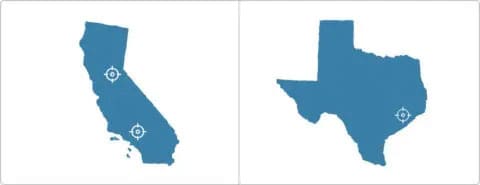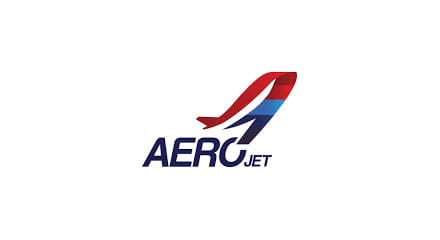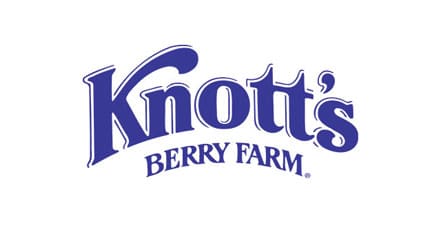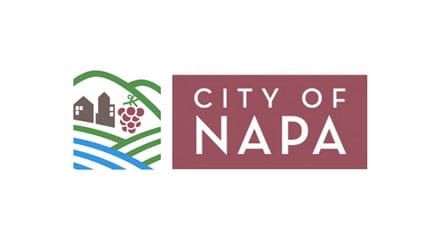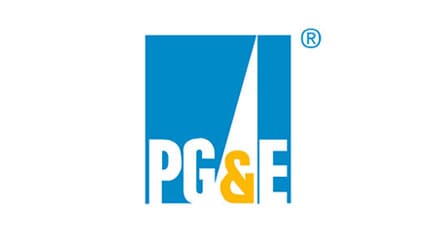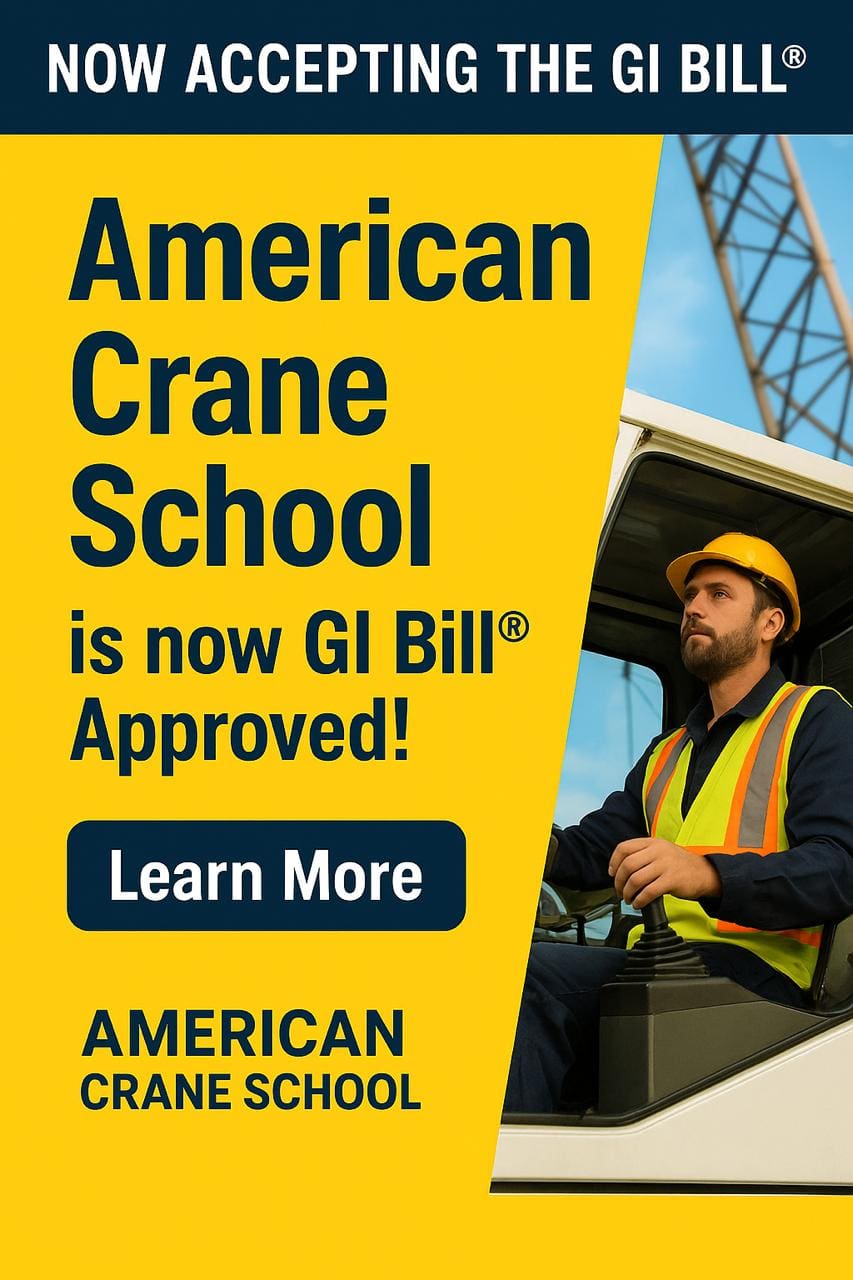Summary
OSHA’s crane and derrick standards apply to power-operated equipment used in construction work designed to hoist, pull, lower, and horizontally move a suspended load.
1926.1400(a) “This standard applies to power-operated equipment, when used in construction, that can hoist, lower and horizontally move a suspended load. Such equipment includes, but is not limited to: Articulating cranes (such as knuckle-boom cranes); crawler cranes; floating cranes; cranes on barges; locomotive cranes; mobile cranes (such as wheel-mounted, rough-terrain, all-terrain, commercial truck-mounted, and boom truck cranes); multi-purpose machines when configured to hoist and lower (by means of a winch or hook) and horizontally move a suspended load; industrial cranes (such as carry-deck cranes); dedicated pile drivers; service/mechanic trucks with a hoisting device; a crane on a monorail; tower cranes (such as a fixed jib, i.e., “hammerhead boom”), luffing boom and self-erecting); pedestal cranes; portal cranes; overhead and gantry cranes; straddle cranes; sideboom cranes; derricks; and variations of such equipment. However, items listed in paragraph (c) of this section are excluded from the scope of this standard.”
The following will focus exclusively on the exclusions listed by OSHA in 1926.1400(c).
OSHA – All States
Ready to Enroll?
Give us a Ring!
Exclusions
Exclusion 1. If the hoisting machinery being used in construction has been converted to be used for non-hoisting purposes. In other words, if the crane is no longer using the rope to lift, pull or carry any loads then it’s not considered to be hoisting and is excluded from the OSHA rules covered in this standard.
Examples:
- Power shovels
- Excavators
- Concrete pumps
- Wheel loaders
- Backhoes
- Loader backhoes
- Track loaders
1926.1400(c)(1)
Machinery included in paragraph (a) of this section while it has been converted or adapted for a non-hoisting/lifting use. Such conversions/adaptations include, but are not limited to, power shovels, excavators and concrete pumps.
Exclusions 2-4. The following machinery is also excluded when used with chains, slings, or other rigging to lift suspended loads.
Examples:
- Power shovels.
- Excavators.
- Wheel loaders.
- Backhoes
- Loader backhoes
- Track loaders.
- Automotive wreckers and tow trucks when used to clear wrecks and haul vehicles.
- Digger derricks when used for augering holes for poles carrying electric and telecommunication lines, placing and removing the poles, and for handling associated materials to be installed on or removed from the poles. (See 29 CFR 1910.269, electric lines or 29 CFR 1910.268, telecommunication lines.
1926.1400(c)(2)
Power shovels, excavators, wheel loaders, backhoes, loader backhoes, track loaders. This machinery is also excluded when used with chains, slings or other rigging to lift suspended loads.
1926.1400(c)(3)
Automotive wreckers and tow trucks when used to clear wrecks and haul vehicles.
1926.1400(c)(4)
Digger derricks when used for augering holes for poles carrying electric or telecommunication lines, placing and removing the poles, and for handling associated materials for installation on, or removal from, the poles, or when used for any other work subject to subpart V of this part. To be eligible for this exclusion, digger-derrick use in work subject to subpart V of this part must comply with all of the provisions of that subpart, and digger-derrick use in construction work for telecommunication service (as defined at § 1910.268(s)(40)) must comply with all of the provisions of § 1910.268.
Exclusions 5-16.
Examples:
- Machinery originally designed as vehicle-mounted aerial devices (for lifting personnel) and self-propelled elevating work platforms.
- Telescopic (hydraulic) gantry systems.
- Stacker cranes.
- Powered industrial trucks (forklifts), except when configured to hoist and lower (by means of a winch or hook) and horizontally move a suspended load.
- Mechanic’s truck with a hoisting device when used in activities related to equipment maintenance and repair.
- Machinery that hoists by using a come-a-long or chainfall.
- Dedicated drilling rigs.
- Gin poles when used for the erection of communication towers.
- Tree trimming and tree removal work.
- Anchor handling or dredgerelated operations with a vessel or barge using an affixed A-frame.
- Roustabouts.
- Helicopter cranes.
- Flash-butt welding trucks.
1926.1400(c)(16)
Flash-butt-welding trucks. Flash-butt welding trucks or other roadway maintenance machines not equipped with any hoisting device other than that used to suspend and move a welding device or workhead assembly. For purposes of this paragraph (c)(18), the terms flash-butt welding truck and roadway maintenance machine refer to railroad equipment that meets the definition of “roadway maintenance machine” in 49 CFR 214.7 and is used only for railroad track work.
1926.1400(c)(5)
Machinery originally designed as vehicle-mounted aerial devices (for lifting personnel) and self-propelled elevating work platforms.
1926.1400(c)(6)
Telescopic/hydraulic gantry systems.
1926.1400(c)(7)
Stacker cranes.
1926.1400(c)(8)
Powered industrial trucks (forklifts), except when configured to hoist and lower (by means of a winch or hook) and horizontally move a suspended load.
1926.1400(c)(9)
Mechanic’s truck with a hoisting device when used in activities related to equipment maintenance and repair.
1926.1400(c)(10)
Machinery that hoists by using a come-a-long or chainfall.
1926.1400(c)(11)
Dedicated drilling rigs.
1926.1400(c)(12)
Gin poles when used for the erection of communication towers.
1926.1400(c)(13)
Tree trimming and tree removal work.
1926.1400(c)(14)
Anchor handling or dredge-related operations with a vessel or barge using an affixed A-frame.
1926.1400(c)(15)
Roustabouts.
1926.1400(c)(16)
Helicopter cranes.
Exclusion 17(i), (ii), (iii). Material delivery for Articulating/knuckle-boom truck cranes.
“It is common for material to be delivered to and unloaded on a construction site using a truck on which is mounted an articulating/knuckle-boom crane. Such equipment is covered by the standard when used in construction work.
When such equipment delivers materials by placing them on the ground without arranging them in a particular sequence for hoisting, the activity is not considered construction work and is not covered under the standard. This exclusion applies regardless of the type of material being delivered.
However, when the delivery equipment is used to transfer the materials onto a structure, the activity is considered construction work. Nevertheless, the activity is excluded from the standard if all of the following conditions are met:”
- The materials are sheet goods (such as sheet rock, plywood, or sheets of roofing shingles) or packaged goods (such as roofing shingles, bags of cement, or rolls of roofing felt).
- The equipment uses a fork/cradle at the end of the boom to deliver the materials.
- The equipment is not used to hold, support, or stabilize the material to facilitate a construction activity, such as holding material in place while it is attached to the structure.
- The equipment is equipped with a properly functioning automatic overload prevention device.
This exception, as noted, is limited to delivery of sheet goods and packaged goods. It does not apply to delivery of prefabricated components or building sections, such as roof trusses and wall panels. It also does not apply to delivery of structural steel members or components of a systems-engineered metal building.
References:
- OSHA – Regulations (Standards – 29 CFR) – 1926 Subpart CC – Cranes and Derricks in Construction 1926.1400 – Scope
- OSHA – Small Entity Compliance Guide for the Final Rule for Cranes and Derricks in Construction (p. 15-17)
- Texas Department of Insurance, Division of Workers’ Compensation – Cranes and Derricks Cranes and Derricks in Construction – Workplace Program
1926.1400(c)(17)
Material delivery.
1926.1400(c)(17)(i)
Articulating/knuckle-boom truck cranes that deliver material to a construction site when used to transfer materials from the truck crane to the ground, without arranging the materials in a particular sequence for hoisting.
1926.1400(c)(17)(ii)
Articulating/knuckle-boom truck cranes that deliver material to a construction site when the crane is used to transfer building supply sheet goods or building supply packaged materials from the truck crane onto a structure, using a fork/cradle at the end of the boom, but only when the truck crane is equipped with a properly functioning automatic overload prevention device. Such sheet goods or packaged materials include, but are not limited to: Sheets of sheet rock, sheets of plywood, bags of cement, sheets or packages of roofing shingles, and rolls of roofing felt.
1926.1400(c)(17)(iii)(A-D)
The articulating/knuckle-boom crane is used to hold, support or stabilize the material to facilitate a construction activity, such as holding material in place while it is attached to the structure;
The material being handled by the articulating/knuckle-boom crane is a prefabricated component. Such prefabricated components include, but are not limited to: Precast concrete members or panels, roof trusses (wooden, cold-formed metal, steel, or other material), prefabricated building sections such as, but not limited to: Floor panels, wall panels, roof panels, roof structures, or similar items;
The material being handled by the crane is a structural steel member (for example, steel joists, beams, columns, steel decking (bundled or unbundled) or a component of a systems-engineered metal building (as defined in 29 CFR 1926 subpart R).
The activity is not specifically excluded under § 1400(c)(17)(i) and (ii).
High Demand & Job Security in a Growing Industry
The average employment growth rate for crane operators is 10% which is double the national average for all occupations. A variety of industries require crane operators such as: electrical, oil and drilling, construction, and more.
American Crane School has an extensive network of employers looking for a certified crane operator like you.

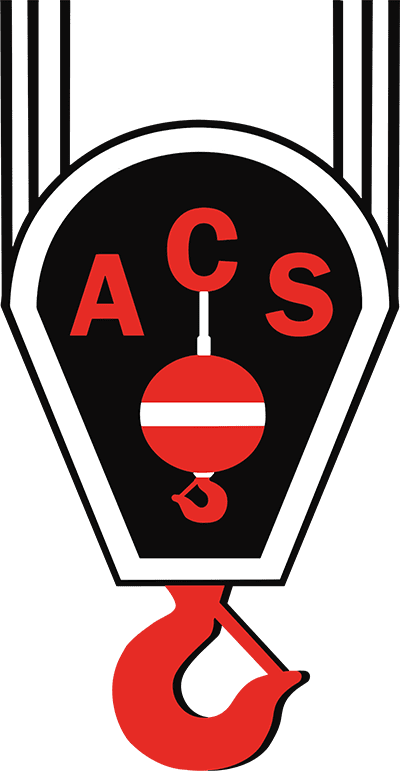
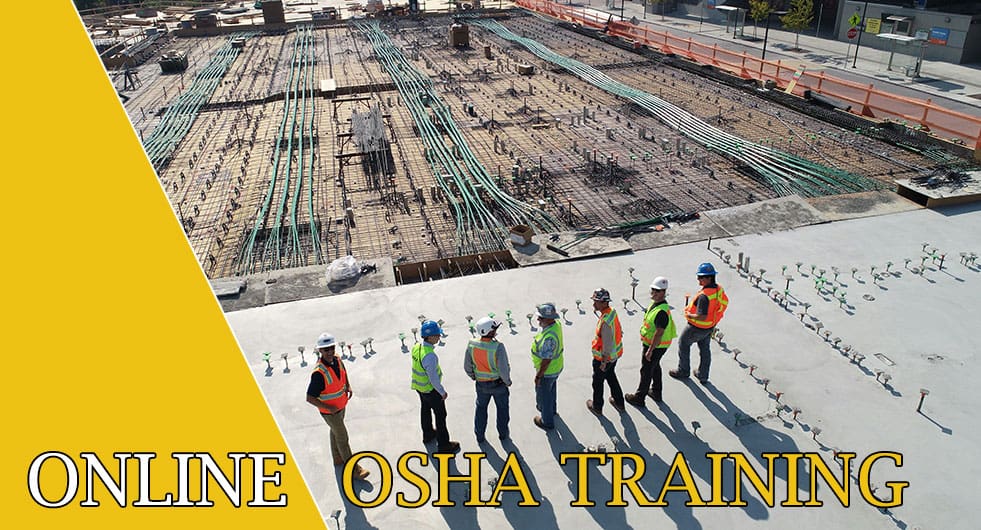
 We guarantee that you will pass your NCCCO Written Exams or our class is FREE until you do.
We guarantee that you will pass your NCCCO Written Exams or our class is FREE until you do. Industry Pioneer 20+ Years
Industry Pioneer 20+ Years Dedicated Team of Professionals
Dedicated Team of Professionals Classes Monthly & Year-Round
Classes Monthly & Year-Round